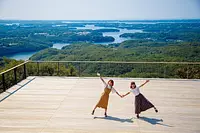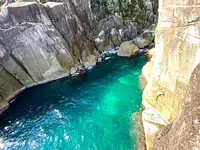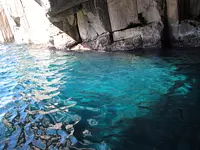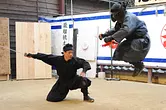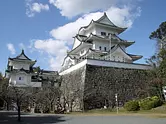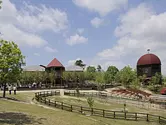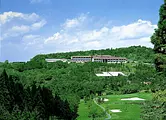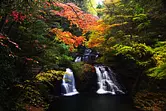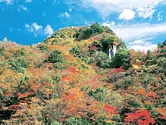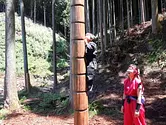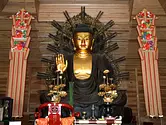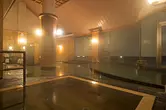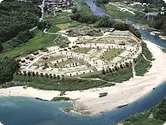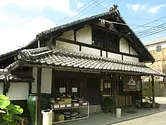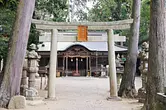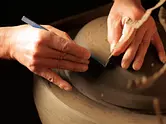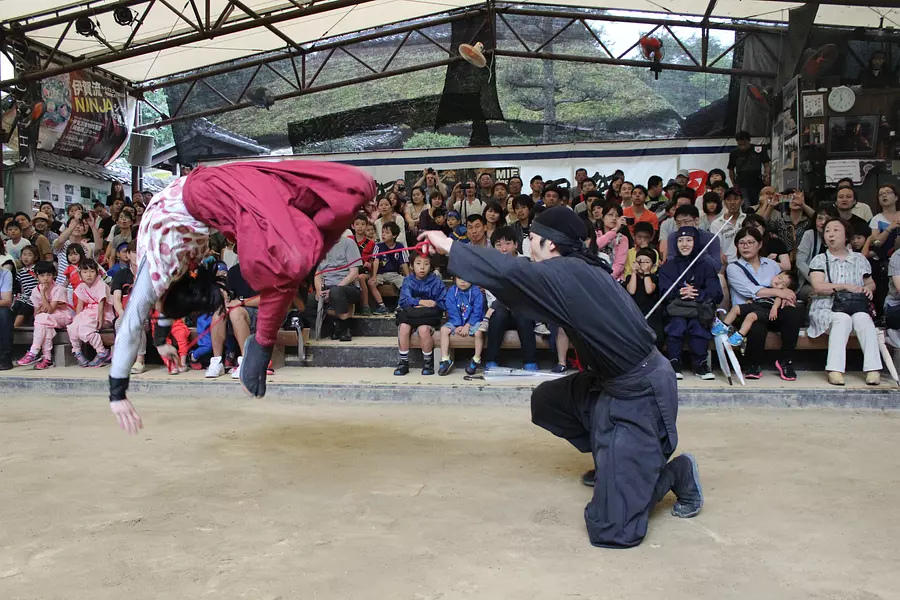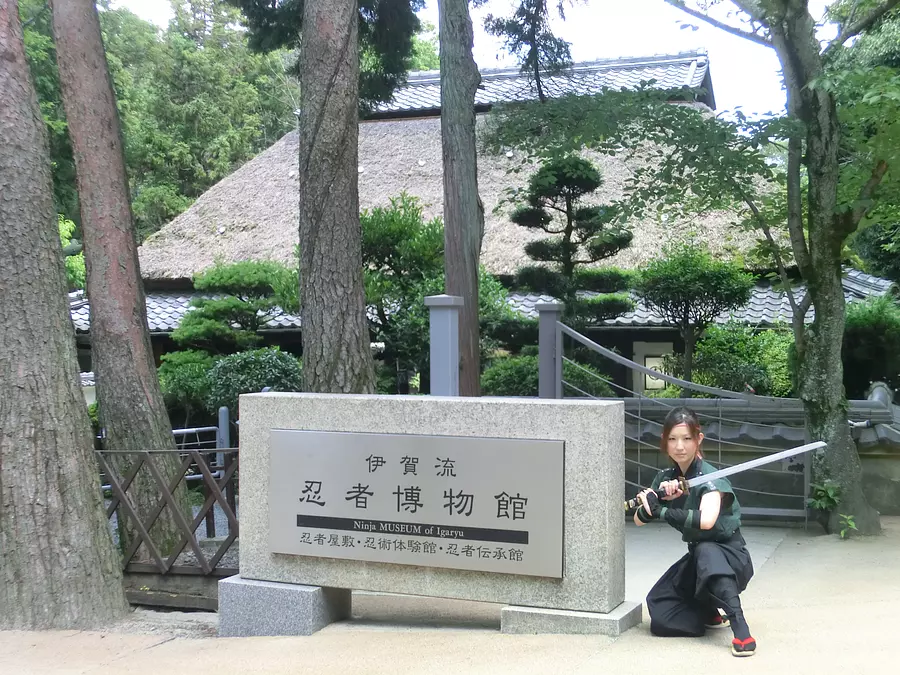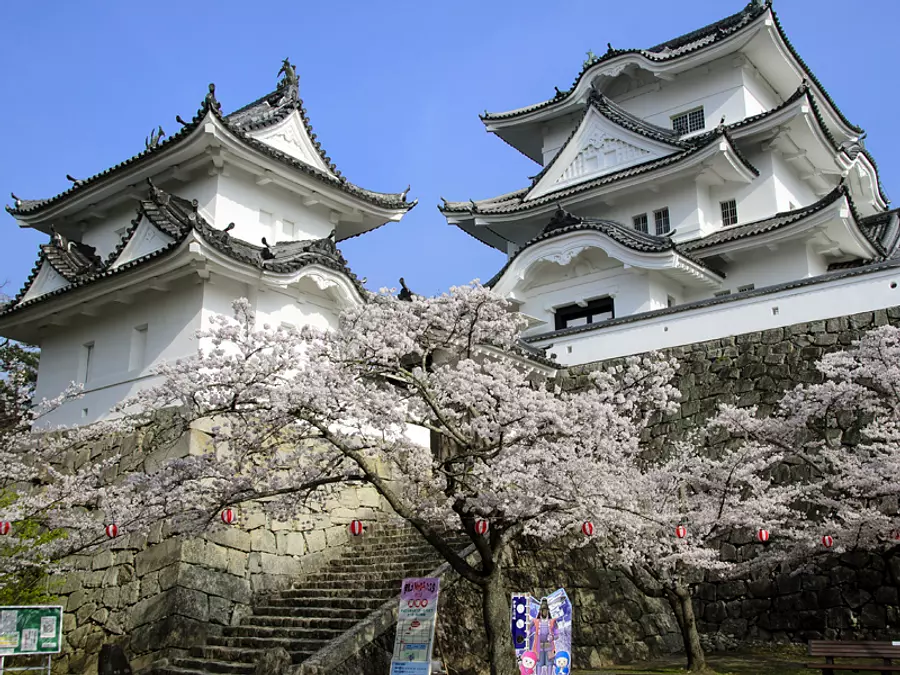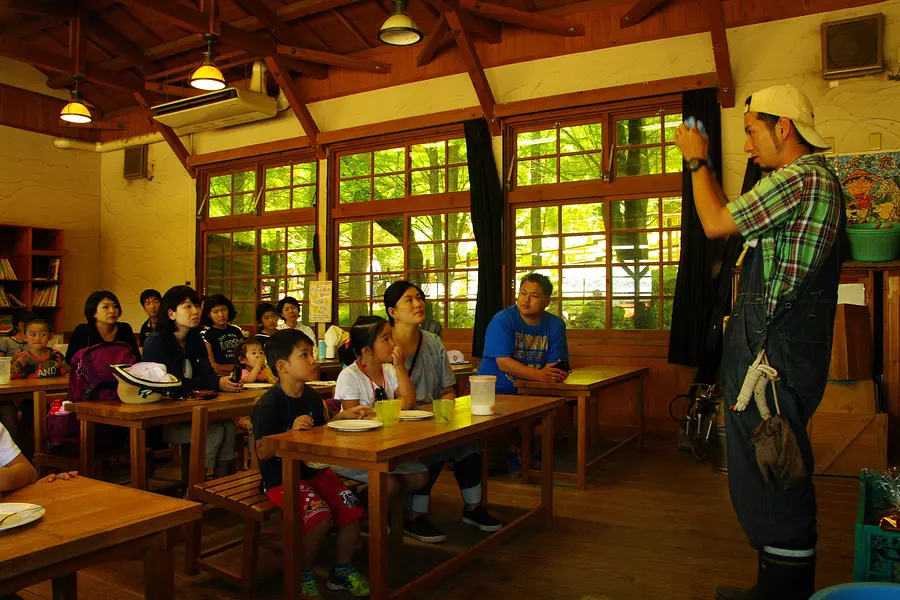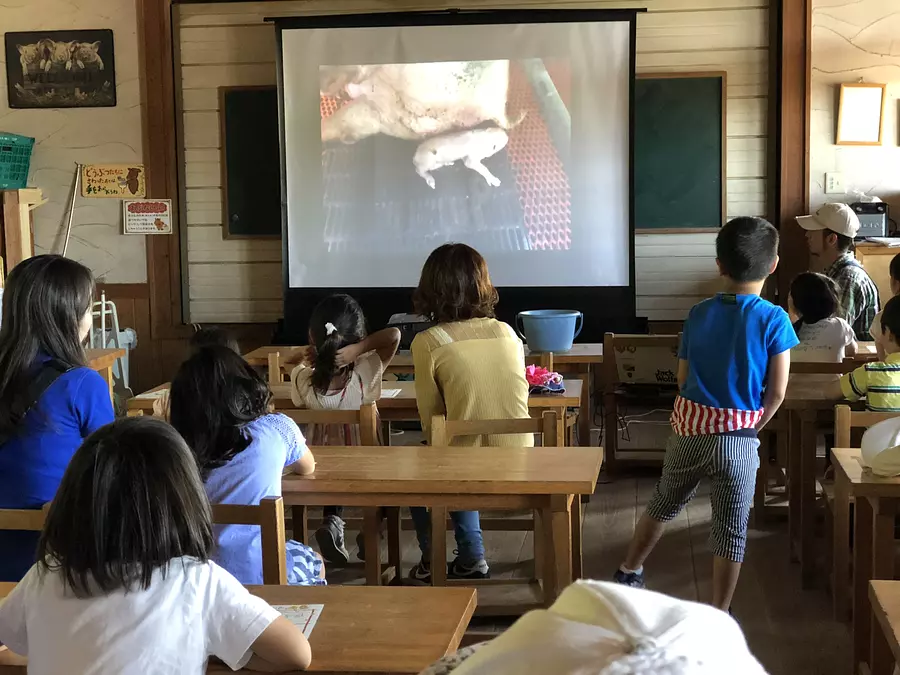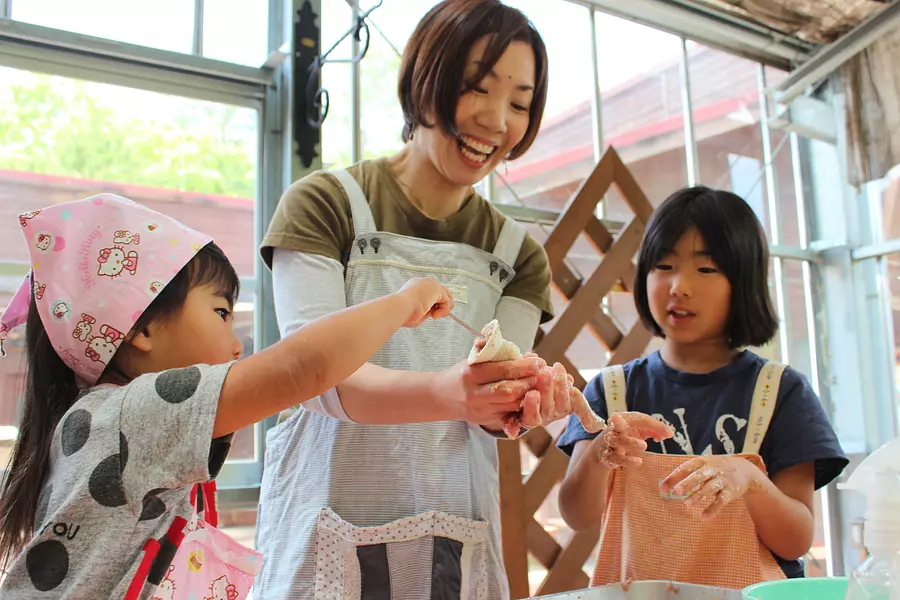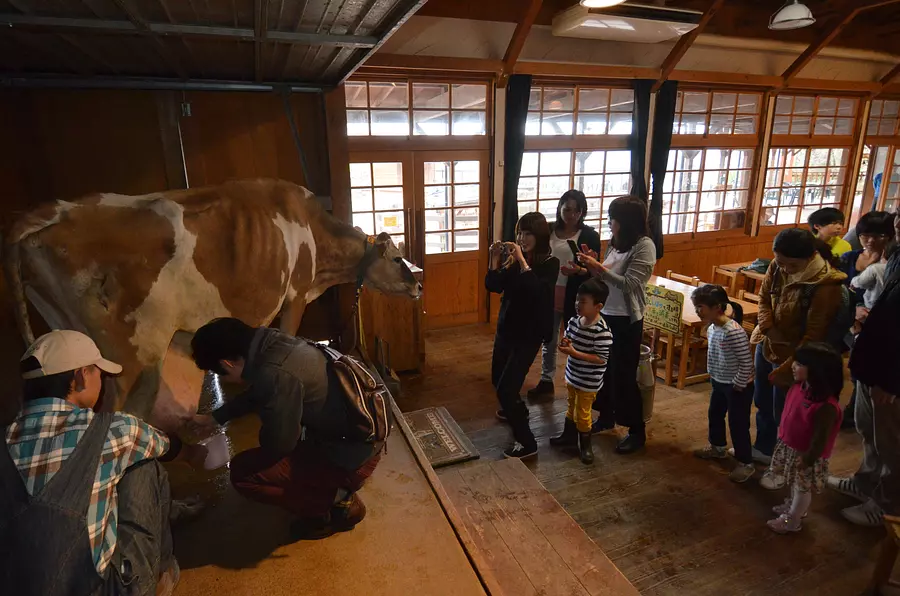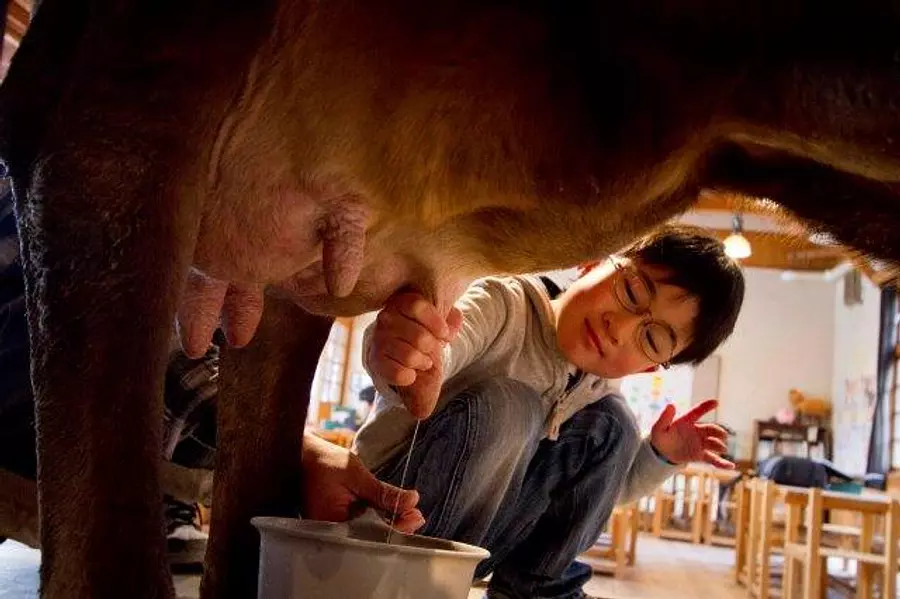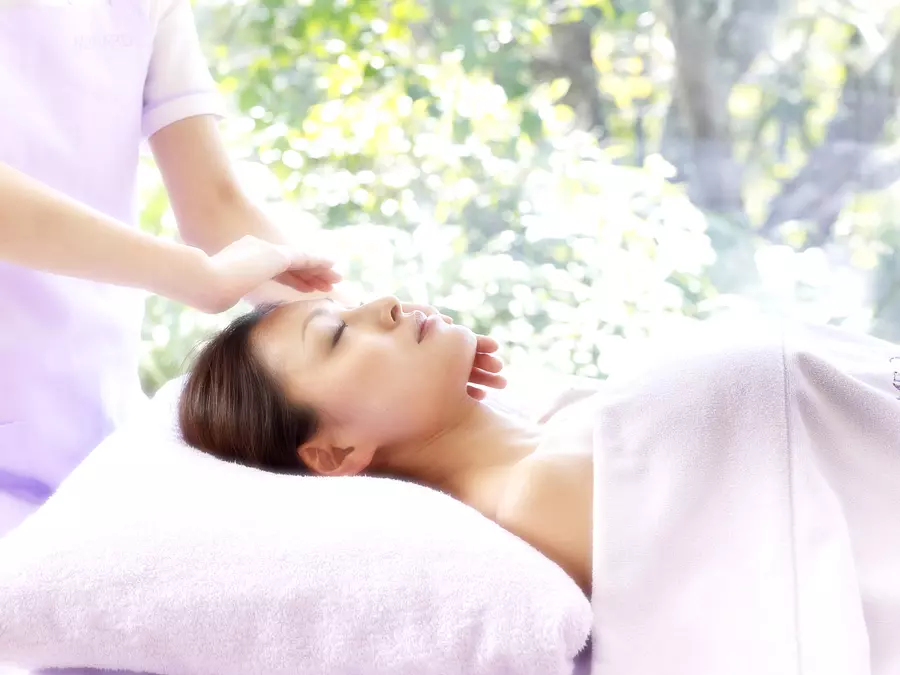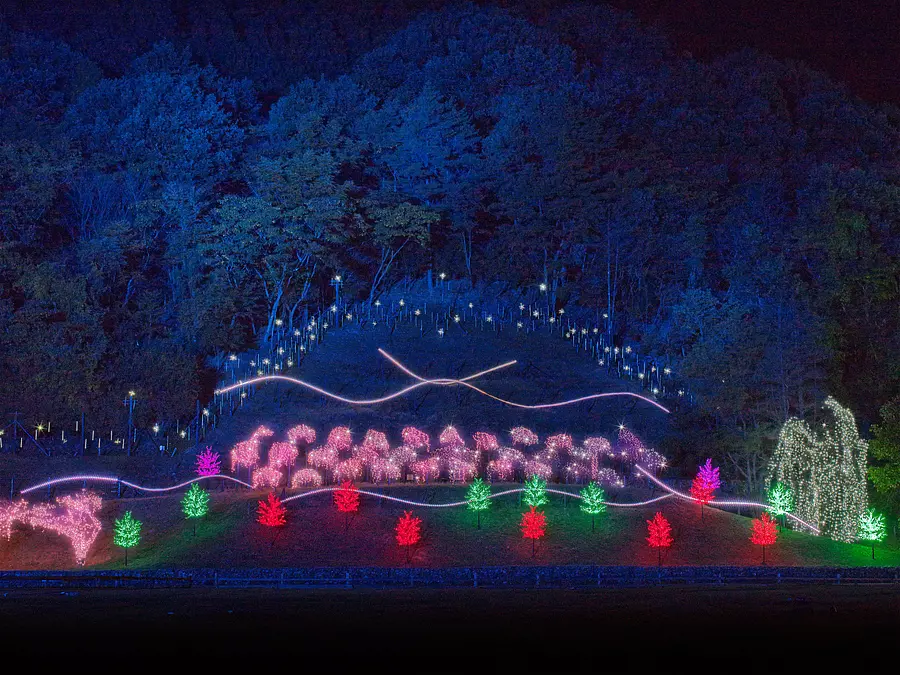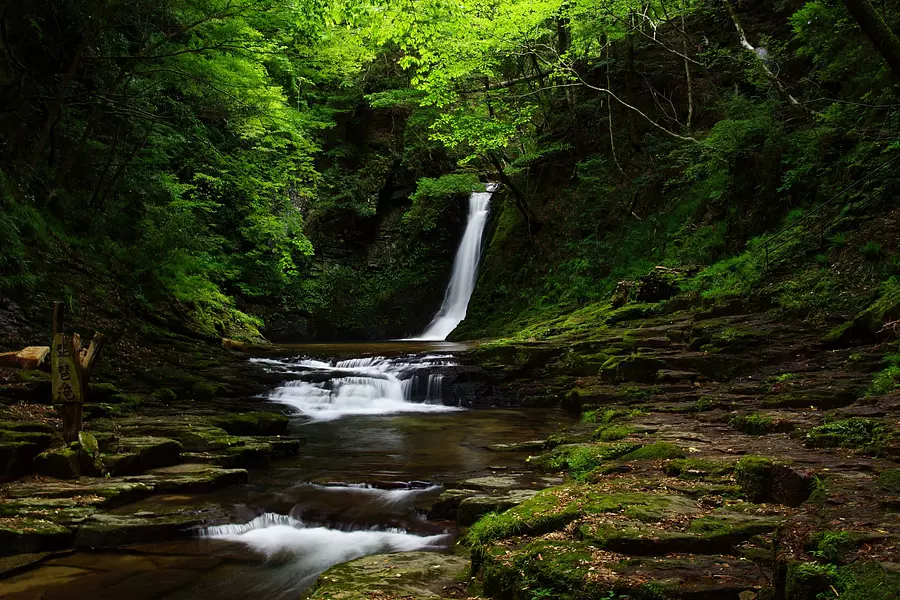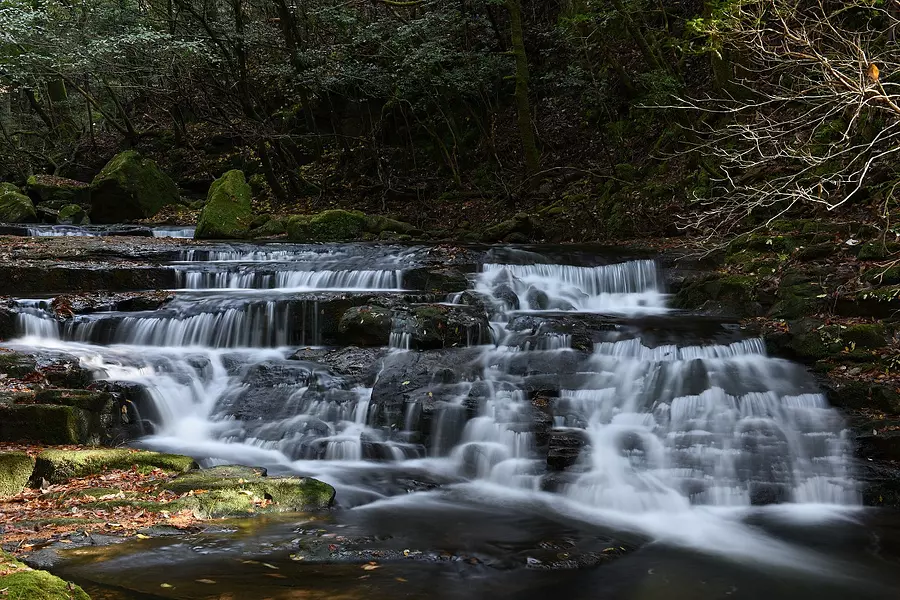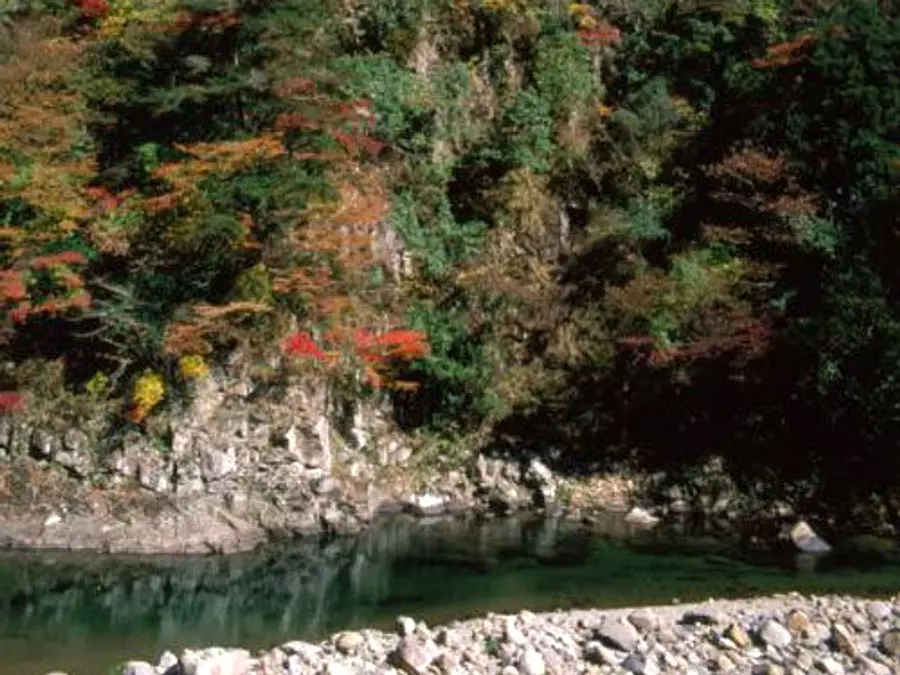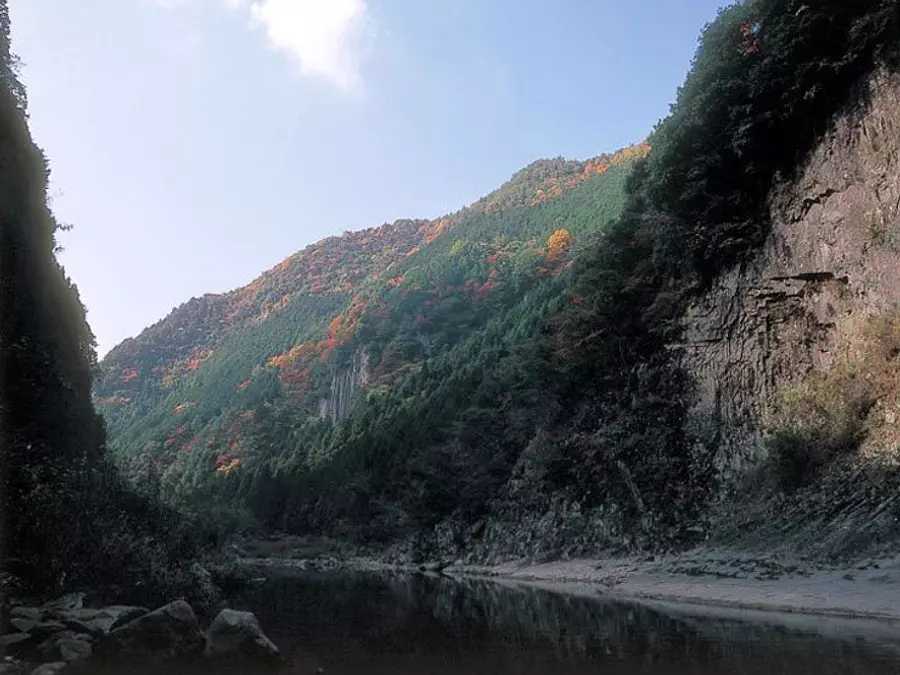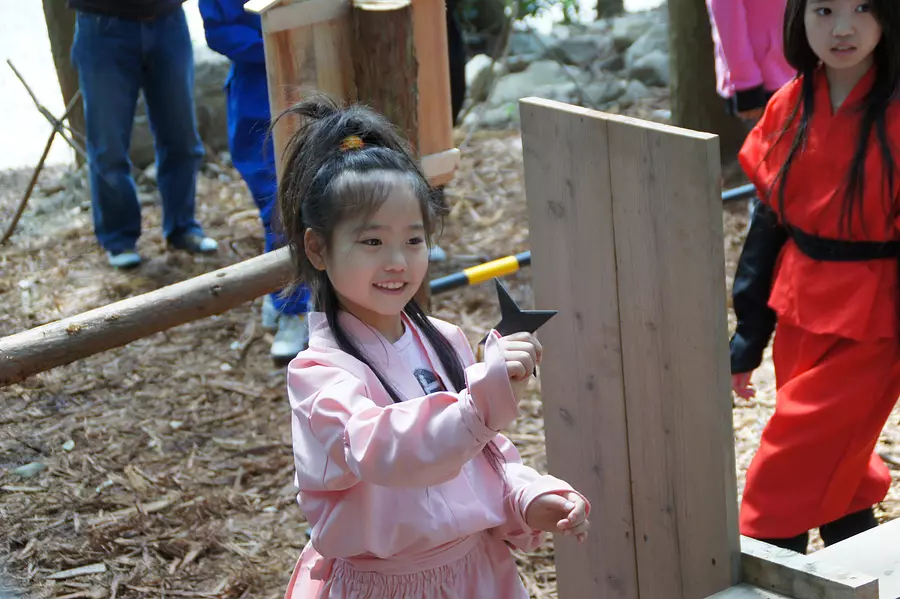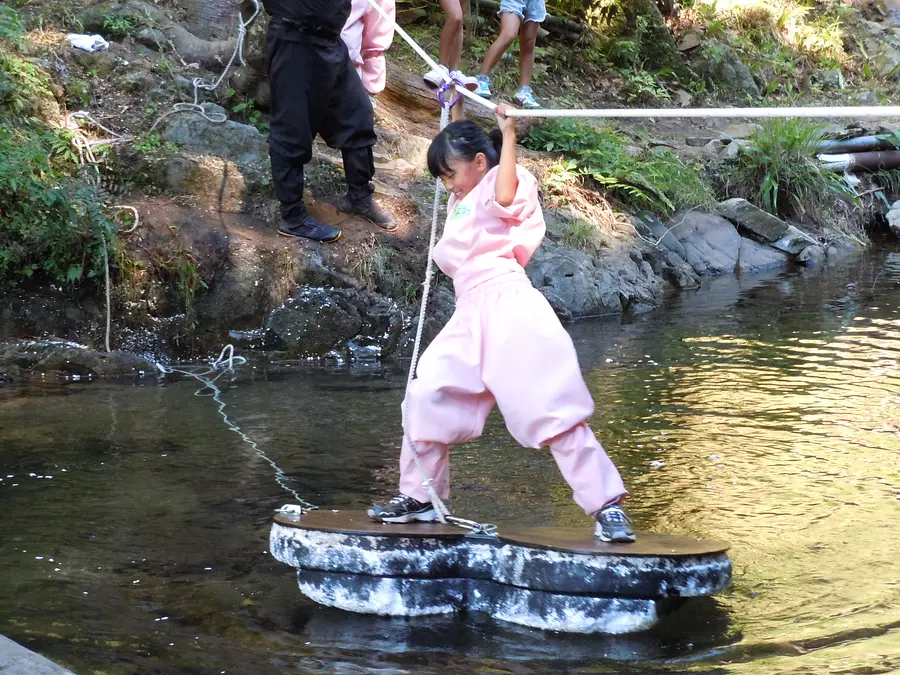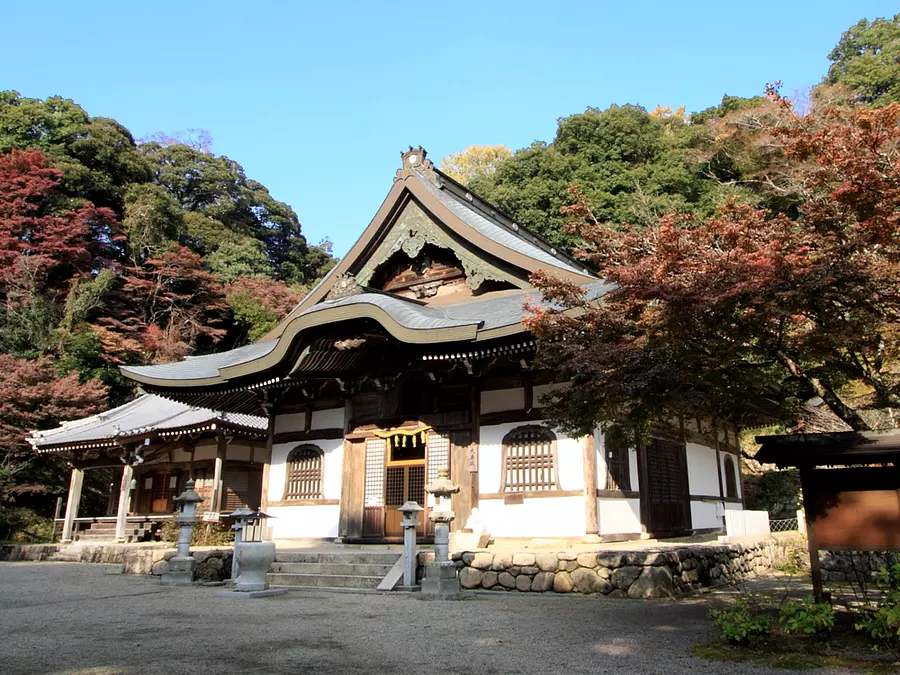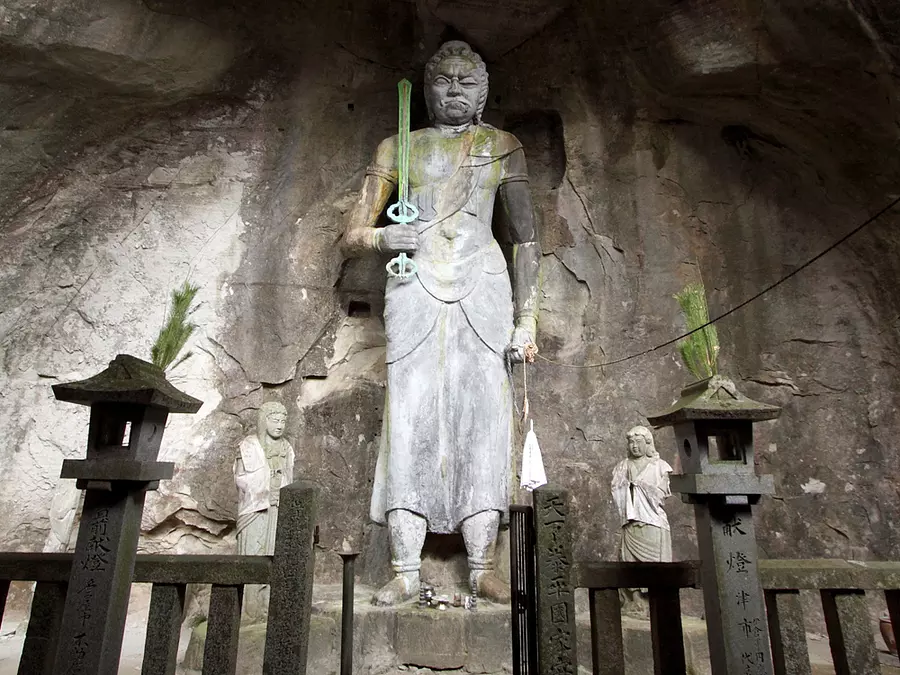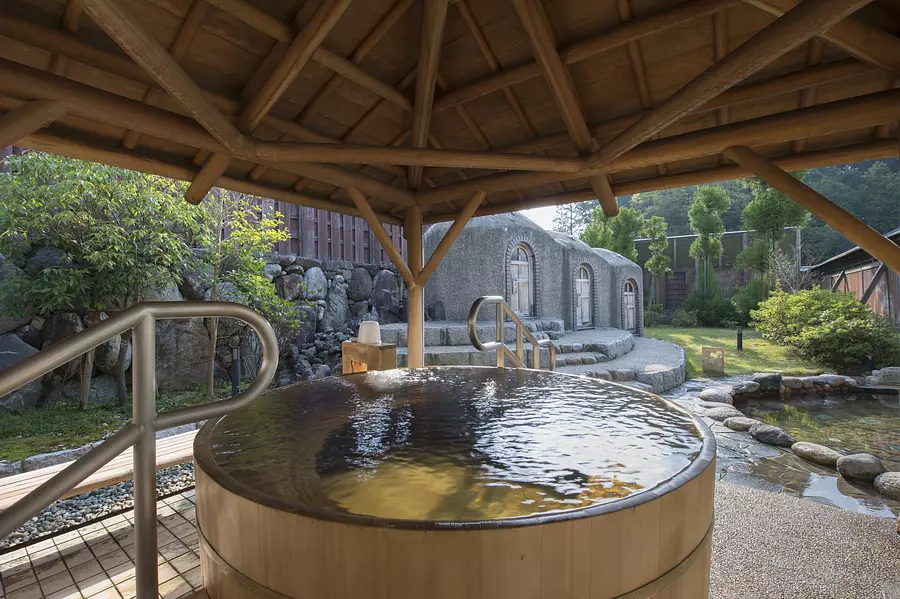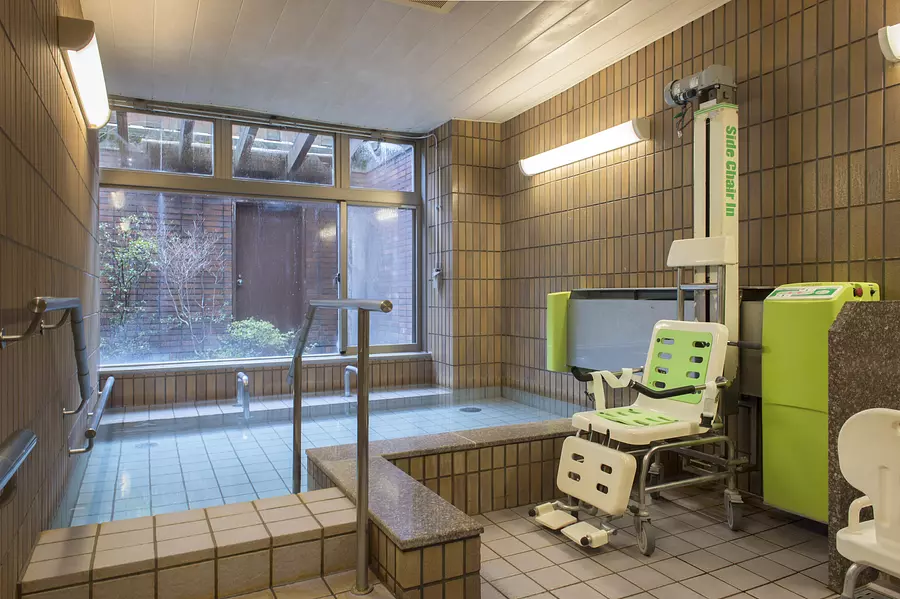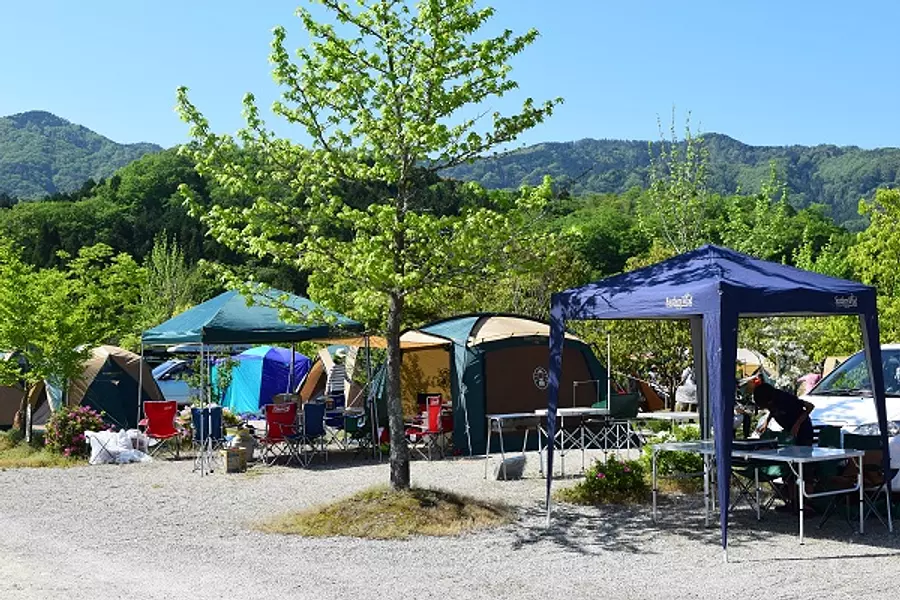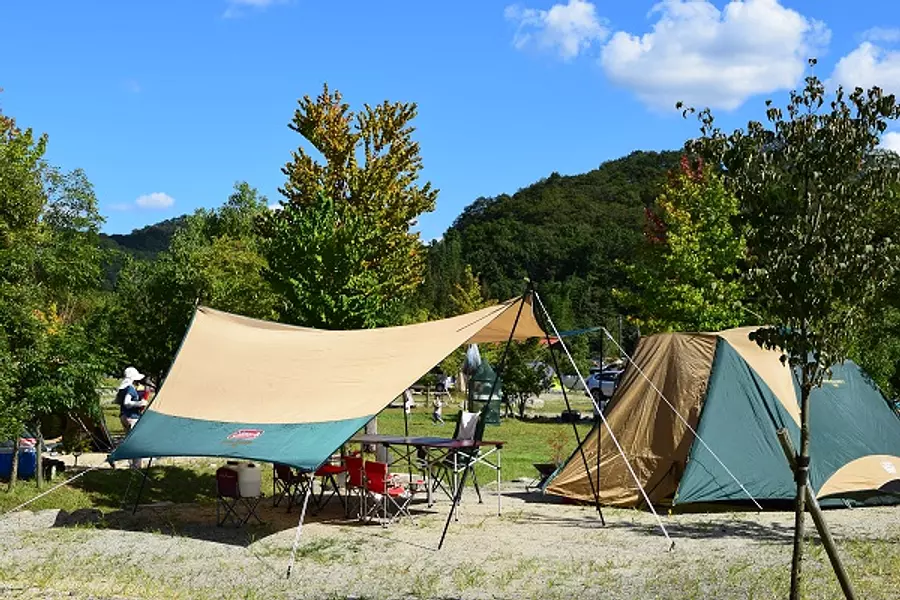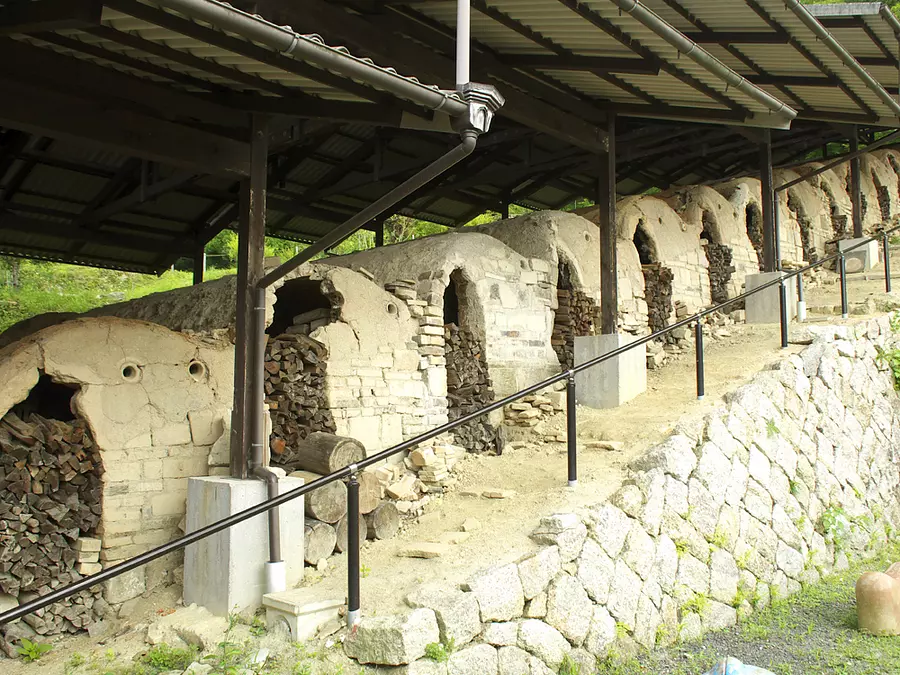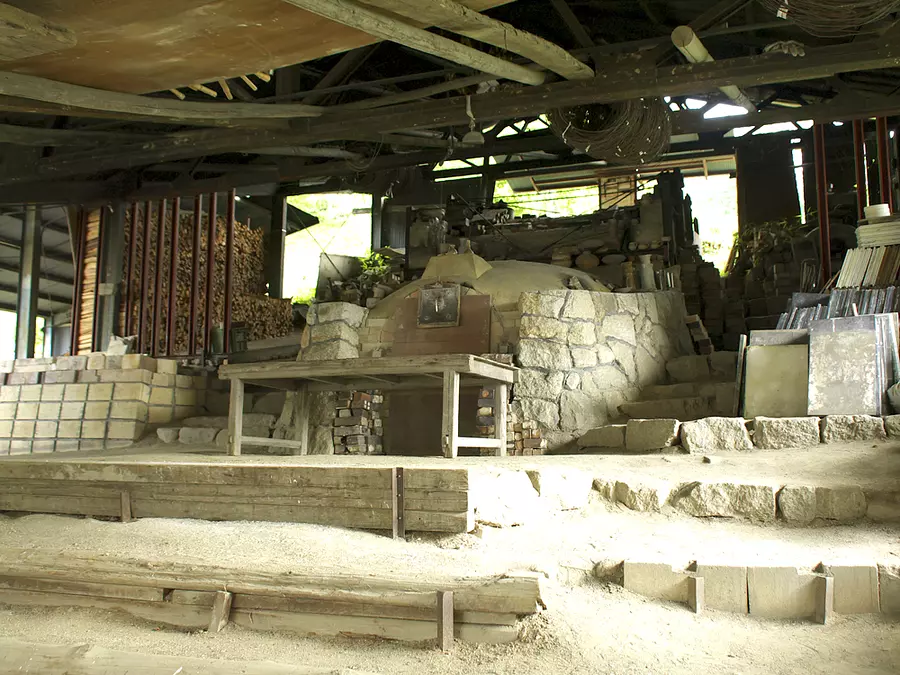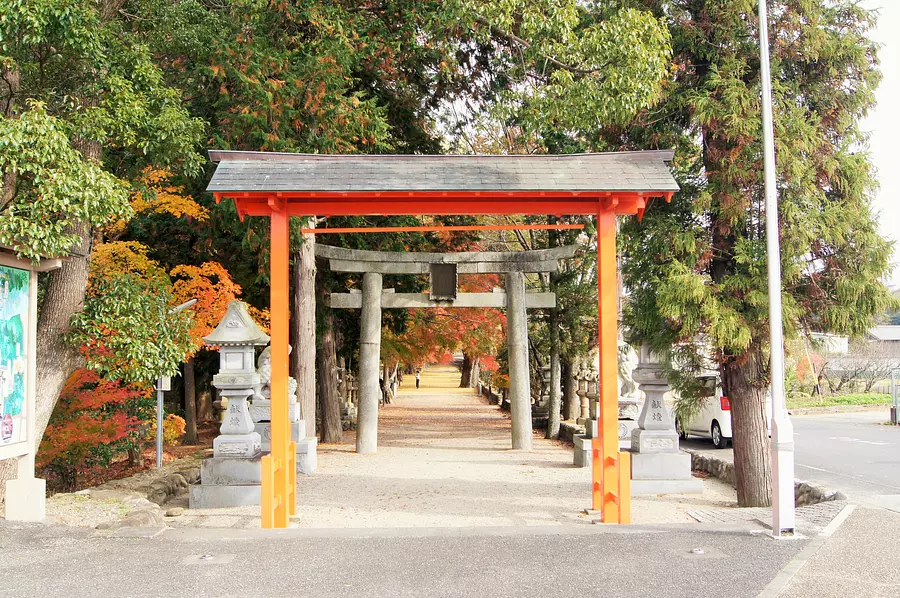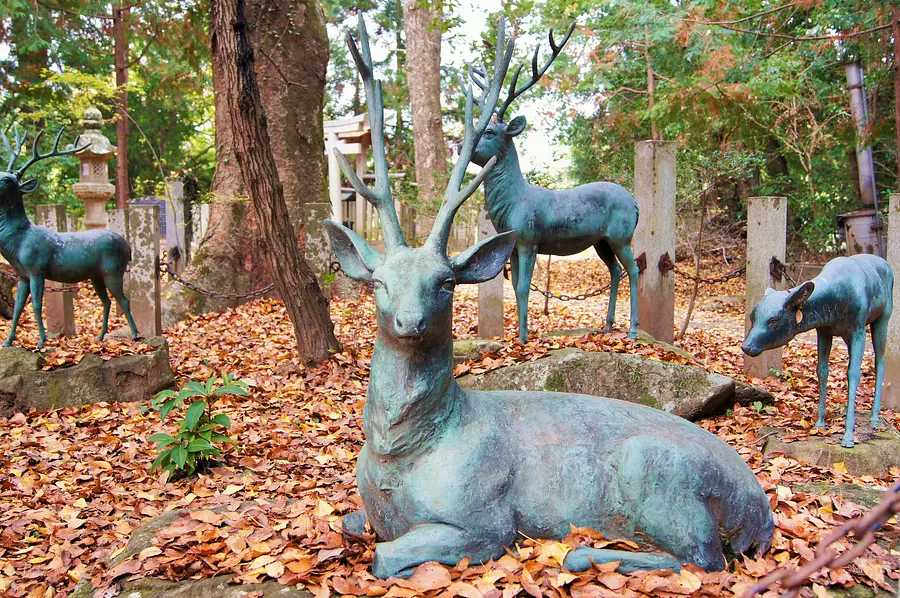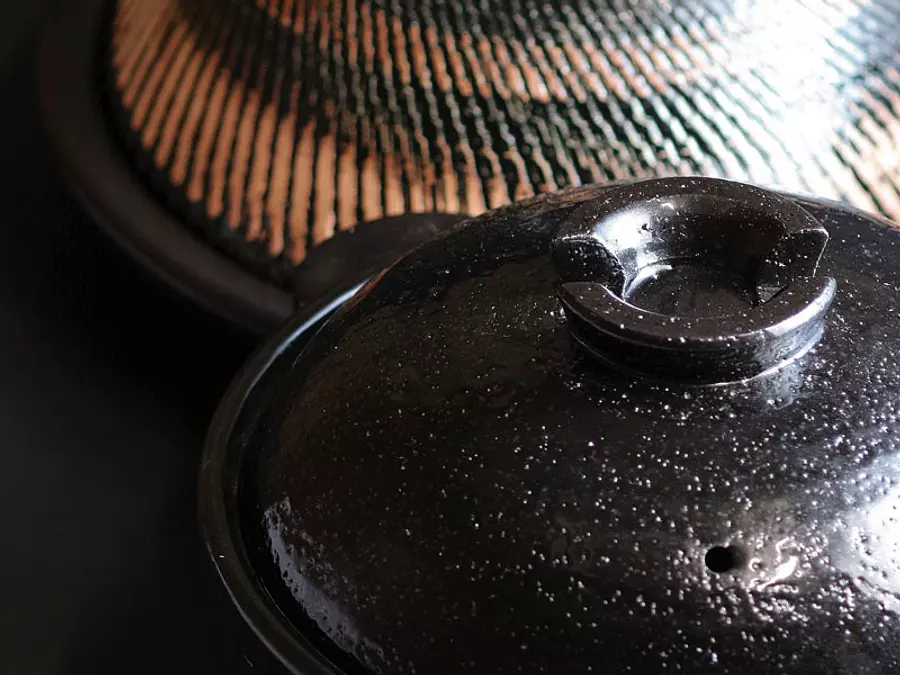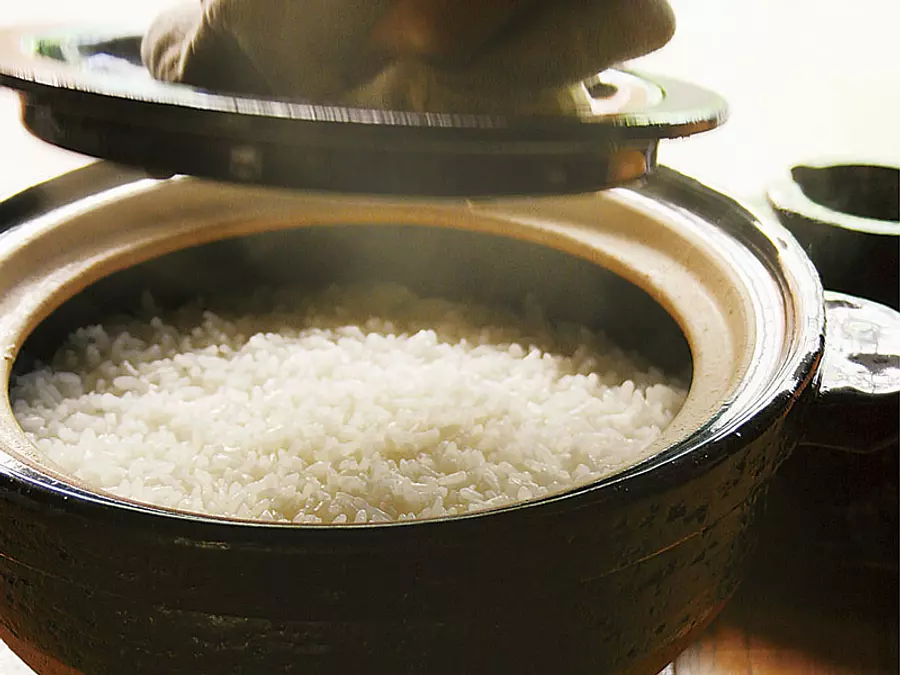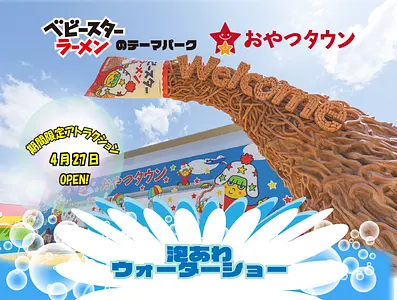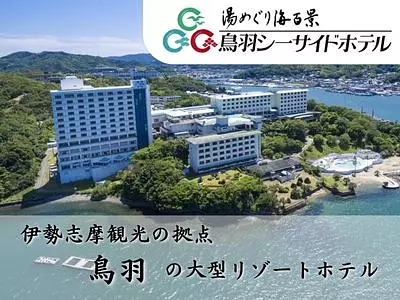Special feature on popular, standard, and little-known sightseeing spots in the Iga area ♪ [Quick understanding of Mie's highlights: Iga edition]
掲載日:2017.02.27
Special feature on popular tourist spots in the Iga area! Be sure to experience the ninja experience in Iga. We also recommend nature walks at famous water spots such as Nabari's famous TheAkame48Falls and LakeShorenji.
< IgaCity NabariCity >
○Iga area special site “Walk around Iganabari – Immerse yourself in the Japanese atmosphere and be healed by the scenery”
index
NinjaMUSEUMofIgaryu (Ninja House) (IgaCity)
This is a former wealthy Iga mansion relocated to Ueno Park. From the outside, it looks like an ordinary thatched-roofed farmhouse, but there are defensive mechanisms installed throughout the mansion. Inside the mansion, a kunoichi (female ninja) will guide you and explain things such as don-den-gaeshi, trick doors, and hiding things, including demonstrations.
There is also a ``Ninjutsu Experience Square'' where you can experience shuriken throwing (for a fee) and Don Dengeshi, a ``Ninja Experience Hall/Ninja Tradition Hall'' where you can see real ninja tools and experience ninjutsu, and ``Ninjabo'' which sells original ninja goods. It has been.
Related information
Iga Ueno Castle (IgaCity)
TakatoraTodo, and today the inner moat, stone walls, and castle tower built in 1930 remain. Inside the three-story castle, there are weapons and armor, belongings of the Todo family, and 46 colored paper ceiling paintings by famous people, including Yokoyama Taikan. It is also called ``Hakuho Castle'' because of its beautiful three-story white exterior. The stone wall of the inner moat, which is approximately 30 meters high and boasts one of the highest heights in Japan, is also a must-see and has been used as a filming location for movies.
Related information
IganoSatoMokumokuTezukuriFarm (IgaCity)
Ecological farm of nature, agriculture, and handmade crafts. We convey the connection between food and agriculture by making products such as ham, sausages, local beer, Japanese sweets, tofu, bread, and baked goods. You can try your hand at making sausages and bread. There is also a small leisurely learning farm where you can enjoy horseback riding, milking cows, and feeding milk. There is also a hot spring called ``Yaten Mokumoku no Yu'', ``Rural Cuisine Mokumoku'', ``Mokumoku Shop'', and ``OKAERi Village'', an accommodation facility where you can experience farming.
Related information
MenardAoyamaResort (IgaCity)
A refreshing 360 degree view surrounded by greenery as far as the eye can see.
MenardAoyamaResort Resort is surrounded by the magnificent nature of AoyamaPlateau at an altitude of 600 meters, and is a resort space that spreads over 1,000,000 tsubo.
The field, surrounded by fresh air, chirping birds, and greenery, has many amusement and relaxation spots such as hotels, hot springs, beauty salons, indoor heated pools, golf courses, restaurants, and experience workshops.
You can spend a relaxing time to your heart's content amidst the diverse expressions of nature.
Related information
TheAkame48Falls (NabariCity)
TheAkame48Falls is a beautiful piece of natural art created by numerous waterfalls connected upstream of the Takigawa River that flows on the border between Iga and Yamato. It is located in the center of Murou Akame-Aoyama Quasi-National Park and is approximately 4 kilometers long.
The mysterious nature of Akame has been selected as one of the 100 best waters of the Heisei era, 100 best waterfalls in Japan, 100 best forests for forest bathing, and 100 best walks. The harmony of the sounds will make you enjoy nature even more. Enjoy a walk while feeling the natural air all over your body!
Related information
KaochidaniValley (NabariCity)
KaochidaniValley, which runs along the Shorenji River, a tributary of the Nabari River, is a valley called Yabakei in the Kansai region, and has approximately 8 km of columnar jointed rock that looks as if it has been cut with an axe.
Among them, the views of Tengubashira Rock and Byobu Rock are spectacular, and their majestic scenery allows you to enjoy the beauty of natural formations.
NinjanoMori (NabariCity)
Let's master the secrets of ninjutsu, whose wisdom lives on in modern society! Wearing a ninja costume, you can enjoy authentic ninja training attractions such as climbing high walls, crossing ropes while keeping your balance, and moving along walls. At Akame Falls, where Momochi Tamba, the founder of the Iga ninja, trained, you can experience Iga-ryu Akame Ninjutsu. Participate in a ninja training experience in the great outdoors and get the secret book! Everyone from children to families can try this challenge.
Related information
Yabutcha no Yu Shimagahara Onsen (IgaCity)
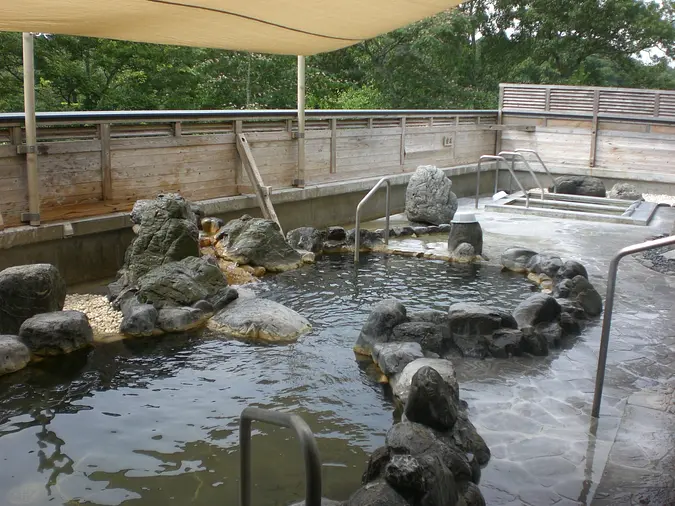
In February 2005, a long-awaited hot spring facility opened in Shimagahara Yabutcha IgaCity. A health promotion building equipped with a hot spring bath, a hot spring bath, a panoramic open-air bath, a sauna, a sleeping bath, and a large bathtub, as well as beauty salons and massages, a heated pool, and a training room. It consists of specialty product processing facilities that also include a morning market.
Related information
Shindaibutsuji Temple (IgaCity)
An old temple built in the Kamakura period. It enshrines a wooden Great Buddha that is over 4 meters tall and has the same appearance as the Great Buddha at Todaiji Temple, as well as a statue of Fudo Buddha that is 6 meters tall.
In addition, flowers such as cherry blossoms in spring, green leaves in May, hydrangeas in June, and autumn chrysanthemums and maples in autumn are waiting for your visit.
Related information
Iga no Oyamada Onsen Sarubino (IgaCity)
Iganokuni Oyamada Onsen Sarubino is located in a quiet forest, and you can enjoy 16 types of baths in the spacious facility, including a large public bath with a mist sauna and jet bath, and an open-air bath. . Other facilities include the Iga-ryu Ninja Field Athletics, campground (overnight stays available), artificial turf tennis court, all-weather gateball field (with roof), handmade bread workshop, restaurant, banquet/training building, tea room, and local vegetable sales store. etc.
Related information
OK Auto Campsite (IgaCity)
This is a campsite on the banks of the Kizugawa River in Iga, the village of ninjas. The venue has a spacious and open atmosphere, the sites are spacious, and there are playgrounds throughout.
You can enjoy playing in the Kizugawa River, fishing, and horseback riding.
You can stay overnight at the campsite and enjoy relaxing camping activities such as sightseeing, hiking, and crafting. There are also several hot springs nearby.
Related information
Hasenen (Iga-Yaki) (IgaCity)
A long-established Iga-Yaki Iga-Yaki. Traditional techniques have definitely been passed down to young potters, and you can not only watch them work, but also try your hand at pottery making (reservations required, fees apply).
Also, the climbing kiln from the time of its founding, which is a symbol of tradition, is a must-see. You can also purchase products.
Related information
Tsukuda Shrine (NabariCity)
Tsukuda Shrine is also known as the ``Nanto Kasuga Taisha Okumiya.'' Approximately 1,250 years ago, Kashima Omikami came from Hitachi Province (present-day Ibaraki Prefecture). A shrine that was enshrined during a visit to Kasuga Taisha Shrine in Yamato Province (now Nara Prefecture).
On the approach to the shrine, the ginkgo trees and maple trees change color from November to December every year, creating a beautiful sight.
Related information
Yono Park (IgaCity)
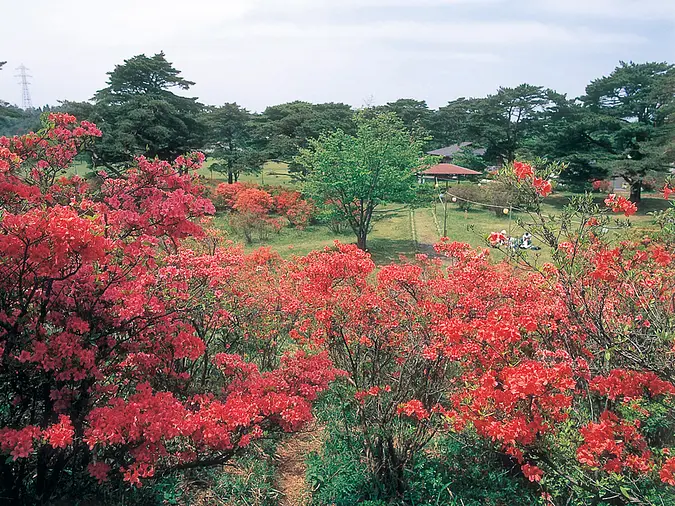
This is Kansai's premier azalea kachiji, with an area of approximately 8 hectares where azaleas bloom profusely in May. The vast lawn area of approximately 2 hectares is a place for recreation, and many people come for hiking as it serves as a base for the Tokai Nature Trail.
Designated as a special area of Suzuka Quasi-National Park on July 22, 1961, cherry blossoms, mountain maples, Japanese clover, and other trees are planted in the park, which can be enjoyed throughout the four seasons. In addition, promenades and facilities have been developed, and a steam locomotive (D51-831) is on display in the south corner of the park.
LakeShorenji Tourist Village (NabariCity)
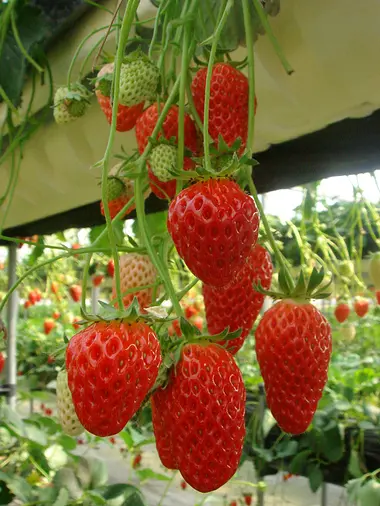
A tourist farm where you can enjoy strawberry picking from January to May and grape picking from July to October. Since strawberries are grown in greenhouses, you can enjoy them without worrying about the rain. You can also enjoy grape picking in the large garden.
Related information
Nabari Todo Family Residence Ruins (NabariCity)
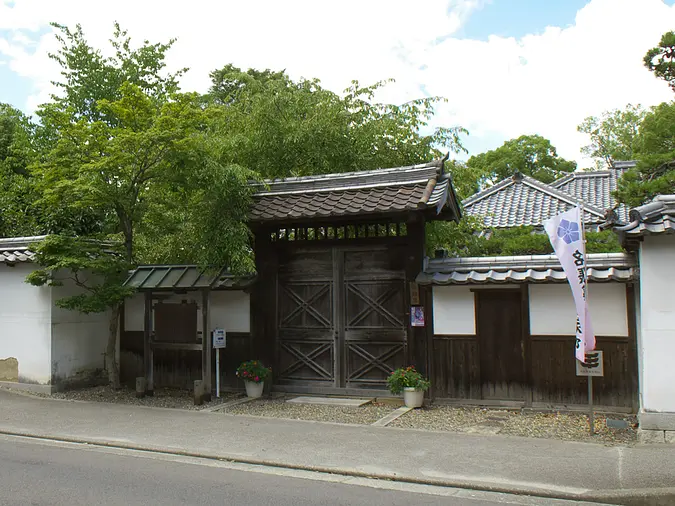
The Nabari Todo family residence began with Takayoshi, who was the third son of TakatoraTodo Nobunaga's chief retainer Niwa Nagahide and adopted by Todo Takatora, and has been living in Nabari since 1636. He was given 15,000 koku by the Tsumoto family, and was the 11th generation to celebrate the Meiji Restoration.
The existing building was rebuilt after the Great Nabari Fire in 1710, and according to the mansion map passed down to the Todo family, it can be divided into several functions depending on how it was used and the character of the building. The number of tatami mats listed is 1,083 tatami mats.
Iga meat (IgaCity)
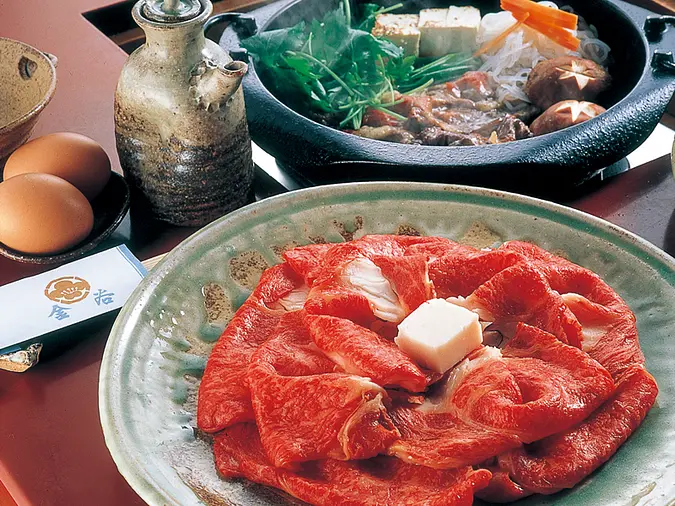
Due to its mellow aroma, richness, and melt-in-the-mouth tenderness, it is ranked alongside Matsusaka and kambe beef, but it is also sometimes referred to as a phantom beef because the amount produced is small and most of it is consumed within IgaCity.
In recent years, there has been an increase in the number of restaurants offering ``Iga beef broiled rice bowl'' so that customers can easily enjoy Iga meat. This is a local gourmet dish that you must try when you visit Iga.
Related information
Katayaki (IgaCity)
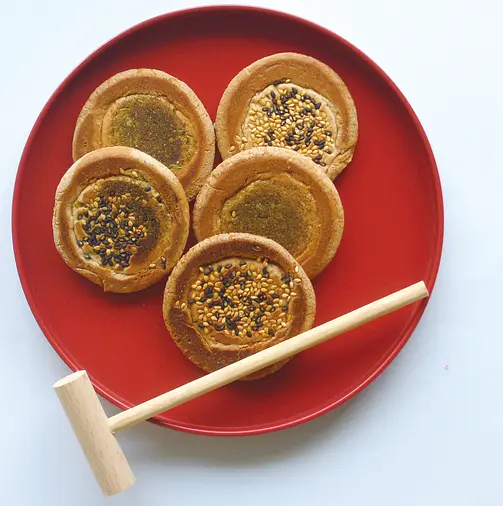
Katayaki is called ninja and is said to have been a portable food for Iga ninja in the past. Because it has a long shelf life, it was valued as an excellent preserved food on the battlefield.
The ingredients are flour, sugar, sesame, etc., and are highly nutritious, and there are no additives, so you can enjoy them with confidence. It is a famous confectionery representative of the simple Iga region, with just the right amount of sweetness, aromatic aroma, and chewy texture.
Related information
Interview report: I went to Wakaya, Iga's specialty tofu dengaku, and Katayaki restaurant.
HekokiManju (NabariCity)
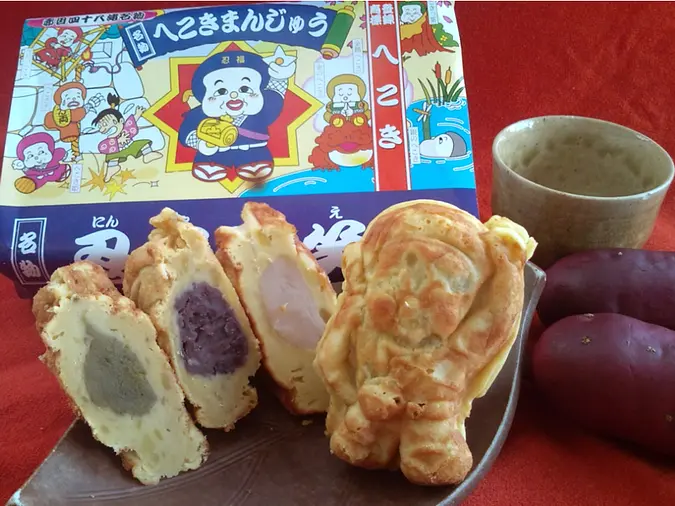
A Japanese-style sweet filled with sweet potatoes shaped like a famous ninja from TheAkame48Falls, a national park. The name may surprise you, but once you eat it, you will be satisfied with its deliciousness. This is a standard product not only for locals in NabariCity but also for those who come to TheAkame48Falls. Although it is a small shop, there are times when there are many people lining up at the front.
In addition to HekokiManju with only dough, there are various types such as those with grained bean paste, cream cheese, and apple. You can take it home, so you can warm it up and eat it at home, but we recommend eating it freshly! Please enjoy HekokiManju.
Related information
Iga-Yaki (IgaCity)
◎ Iga-Yaki...
The pottery produced in Iga City and Nabari City is called "Iga-Yaki" by using "Iga clay" collected in IgaCity region (mainly the NabariCity region) and utilizing traditional techniques and techniques. .
Iga-Yaki kilns have been confirmed to have been built in the late 16th century, and tea masters from the end of the Muromachi period, when the tea ceremony flourished, to the Momoyama period sought Iga-Yaki for the beauty of ``distorted things'' and ``hekemono'', and used it as a tea pottery kiln. Iga-Yaki is highly regarded as Japan's treasure, saying, ``There is nothing better than Iga for water pitchers and flower vases.'' However, in the Edo period, Iga-Yaki kiln was unable to keep up with trends in tea ceremony and changes in style. The smoke will stop for a while.
Afterwards, it was revived in the mid-Edo period and transformed into a production area for baking heat-resistant kitchen utensils and daily necessities such as Yukihira pots, clay pots, and clay pots.From the Meiji, Taisho, and Showa eras to the present day, "Iga clay" As a production area for heat-resistant tableware that takes advantage of its unique characteristics, its tradition continues to be passed down.
Related information
Iga Kumihimo (IgaCity)
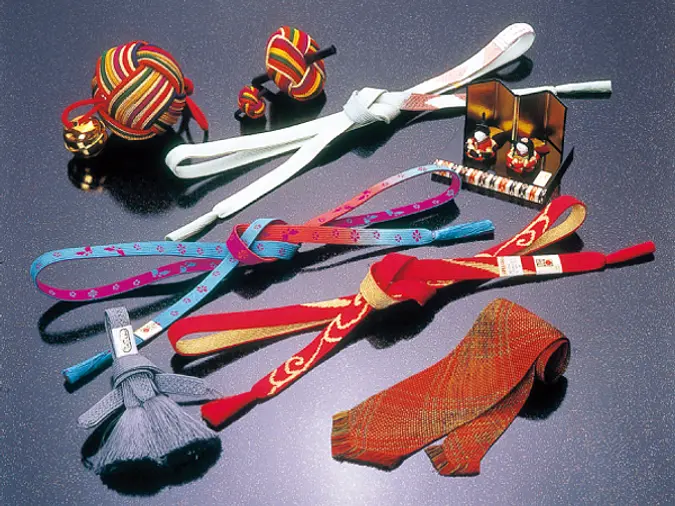
Iga Kumihimo is known for its hand-braided cord made from pure silk, and accounts for most of the country's production. Its origins are said to date back to before the Nara period. In the Edo period, Iga was already a famous braided cord production area.
Kumihimo is a braided cord made of raw silk, silk thread, mainly gold and silver thread, and woven into a delicate and beautiful cord using a traditional kumihimo stand. It is a nationally designated traditional craft.
Related information
Click here for special features on tourist spots in other areas of Mie Prefecture.
〇Special feature on popular, standard, and little-known tourist spots in the Hokusei area
〇Special feature on popular, standard, and little-known tourist spots in the Chunanse area
〇Special feature on popular, standard, and little-known tourist spots in the Ise-Shima area
〇Special feature on popular, classic, and little-known tourist spots in HigashiKishu area
| Category | |
|---|---|
| season | |
| area |
